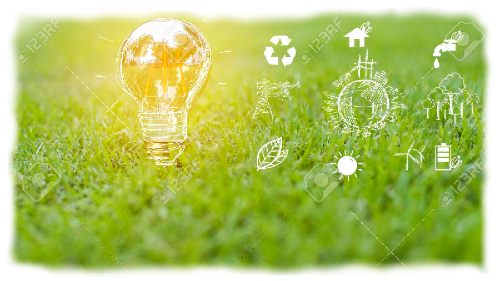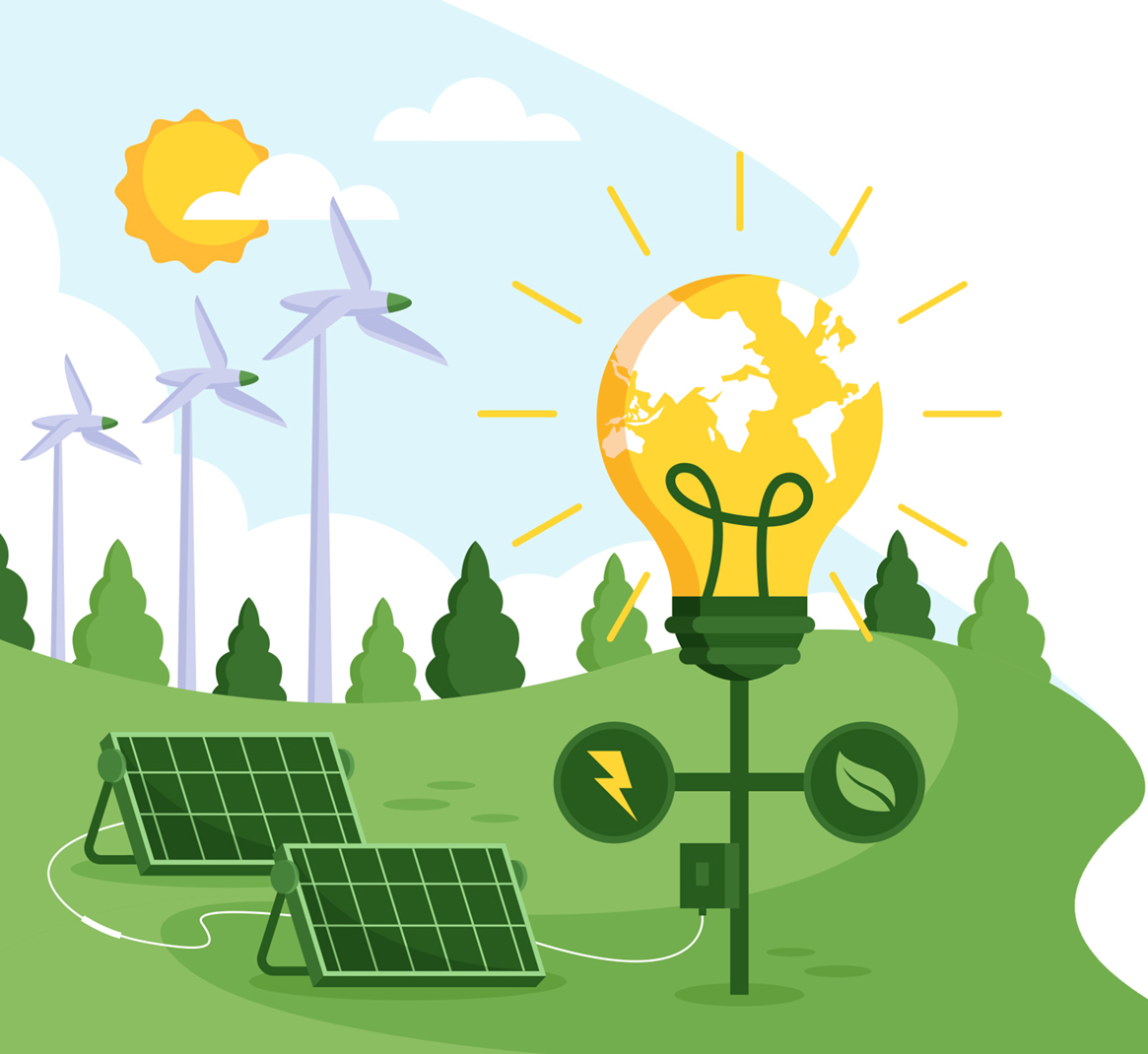Decarbonization and sustainability applied to the logistics chain
As part of the strategic line of Decarbonization and sustainability applied to the logistics chain, Logistop, through the visibility of the actions, works to increase the degree of awareness in the fight against climate change, and that this awareness does not remain merely theoretical, but rather imposes action and practice.
One of Logistop’s objectives in this area is to get logistics operations to deploy actions that bring them closer to the ultimate goal of greenhouse gas and pollutant neutrality, i.e. to achieve “net zero” in logistics.
In Logistop’s strategic line of Decarbonisation and sustainability applied to the logistics chain, we are working to:
- Deploy green hydrogen and clean electrification actions and projects.
- Encourage the implementation of energy efficiency actions in buildings, vehicles and ports.
- Promote the incorporation of renewable energies in logistics facilities and their surroundings.
Green hydrogen as a key energy vector
At a time when decarbonization is key to energy and climate progress, hydrogen from renewable (“green”) energy sources is presented, together with increased electrification, as a sustainable alternative for the decarbonisation of the economy.
The logistics sector, and especially the transport of goods with heavy goods vehicles and their internal handling in ports and warehouses (“handling”), should be one of the first to adopt renewable hydrogen, as battery electric vehicles (BEVs) have a number of limitations, especially for large volume or tonnage vehicles. The combination and coexistence of BEVs and FCEVs will indeed allow a total decarbonisation of transport including handling. This represents a great responsibility, but at the same time a great opportunity for the logistics sector.
Green hydrogen and increased electrification are not limited to vehicles: logistics infrastructures, including ports, need to be equipped with refuelling and recharging infrastructures. These include hydrogen plants (if hydrogen is produced on-site) / hydroline stations (if it is transported from another location) and, in ports, the implementation of green electricity supply systems from land to ships, known as “OPS (Onshore Power Supply)”, also known as “Cold Ironing”.
Ports should also become storage and transport hubs for green hydrogen and the most promising derivatives for long-distance transport and also as clean fuels for ships, where the use of BEVs or FCEVs seems very distant or unfeasible: ammonia and methanol from renewable sources.
Energy efficiency in buildings and logistics vehicles

It is obvious that the greenest and most economical energy is energy that is not consumed, so energy saving and efficiency is an effective means of decarbonisation, often the most readily available and at the same time an opportunity to reduce costs.
In order to cover the growing energy needs of the storage, transport and distribution of goods with the least possible use of resources, a series of improvements are being developed that involve progressive and, over time, significant reductions in energy intensity. In other words, a lower amount of energy required per unit of economic value of the country, region or, in our case, the logistics sector and port operations.
The adoption of a system of Energy Saving Certificates (ESCs) that can boost energy efficiency with a view to the 2030 objectives, which are equivalent to improving energy intensity (energy consumed / GDP) by 3.5% per year cumulatively. This system of EACs can boost the implementation of energy efficiency projects in logistics centres, port environments, internal movement and transport of goods, which would be the end users or beneficiaries, through their collaboration with technology centres and energy service companies, which would be the so-called delegated parties.
Energy efficiency has many characteristics of continuous improvement and is achieved with a set of evolving but innovative tools, but there is no universal energy efficiency solution: no “magic formulas”, no “silver bullets”, no “philosopher’s stones”. It is supported by improvements in equipment, its maintenance and its use, which also implies the necessary awareness of all professionals in the sector.
The introduction of renewable energies into logistics facilities
Non-fossil energy generation is becoming increasingly possible in logistics facilities. Renewable energies are closely linked to the concept of distributed energy – as opposed to large fossil fuel power plants. Ports, logistics buildings and their surroundings can therefore take advantage of inexhaustible, indigenous energy sources that do not release carbon compounds or other emissions into the atmosphere. In the long term, if the facilities are well designed for the location and use, they are also more economical.
Together with regulatory changes, they allow ports and logistics buildings to approach, achieve or even exceed the standards set by the European Union for Nearly Zero Energy Buildings (NZEB), becoming emblems of sustainability. This is in addition to the consumption of certified renewable energy, which is another way of contributing to decarbonization.

These three topics are fully within the Climate, Energy and Mobility line of the State Plan for Scientific, Technical and Innovation Research 2021 2023, as they fall within the following areas: Climate change and decarbonisation; Sustainable mobility; Sustainable cities and ecosystems; and Energy transition.
